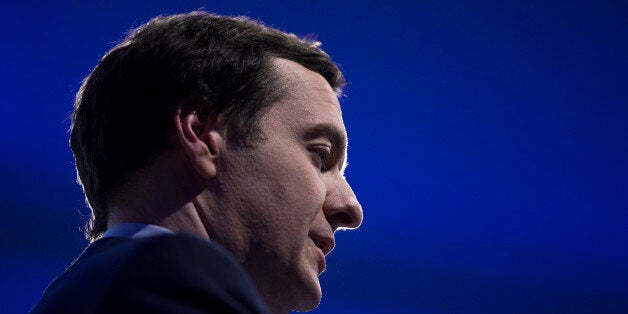
George Osborne is less than half way through his planned spending cuts after proposing to extend them up to 2019, the Institute for Fiscal Studies has warned.
The influential think-tank said that despite the improving state of the economy, the chancellor will only have implemented 40% of his planned spending cuts by the end of the current financial year. Osborne has signalled that economic austerity would have to continue until 2018-2019 in order to get a budget surplus.
The IFS warned that Osborne's plans to spend a further £6 billion a year in spending commitments after 2015 would suggest further spending cuts would need to be made elsewhere.
If the chancellor keeps protecting the NHS, foreign aid and schools budgets through to 2018-2019, the IFS estimate that the other "unprotected" departments would be set for over 30% budget cuts. Across government, the departments would suffer budget cuts of 17.2% on average.
The government would also need to find a further £4.2 billion if Osborne decides to extend the freeze on fuel duty beyond the next election and up to 2018-2019, the IFS said.
The gloomy verdict from the IFS comes as the government's independent forecaster, the Office for Budget Responsibility, predicts that Osborne will end up borrowing £96 billion by the end of 2015, which is £59 billion more than planned in 2010.
Despite government predictions that the UK could be set to have its first budget surplus in nearly two decades in 2018-2019, the IFS warned that the level of debt will have swollen to 76% of national income by that time and would only return to pre-crisis levels in the mid 2030s.
With debt at that level, just paying the interest will take up nearly 4% of national income.
IFS director Paul Johnson said: “Returning growth, and forecasts suggesting we should be running a Budget surplus by 2018-19, should not lull us into a false sense that all is now well with the public finances.
"The outstanding debt will still be very large and the scale of additional spending cuts required to hit that budget surplus remains hugely challenging, especially on top of cuts already delivered. A combination of significant additional spending pledges already made and a growing and ageing population will only add to the challenge.”